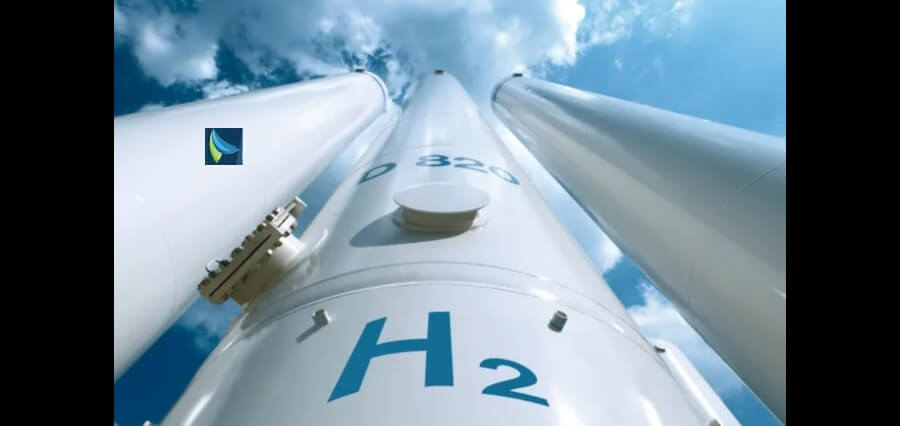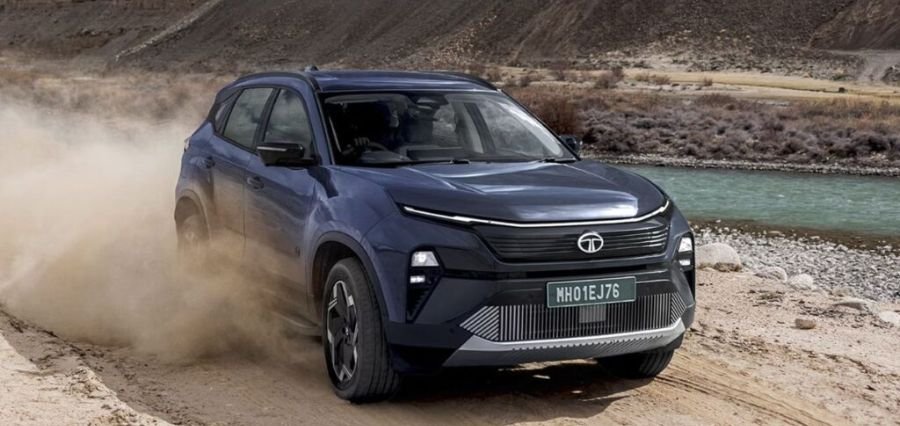Climate Impact Corporation (CIC) proposes the use of modular H2 production units, which it plans to deploy by the end of this year.
An Australian developer has unveiled a proposal for two 10GW modular green hydrogen projects in the country’s arid central region, aiming to capture water vapor from the air for use in electrolysis. Darwin-based CIC has based its proposals around a modular hydrogen production system developed with GE Vernova. Each standalone unit features an integrated solar panel, atmospheric water generators, electrolysers, and supporting infrastructure.
The company announced its intention to develop these two 10GW green hydrogen projects in central Australia, utilizing modular technology that extracts water from the air to produce hydrogen energy. Each project will be 50 times larger than the state government’s proposed Whyalla hydrogen power plant, employing a different type of technology that uses less water and does not rely on grid power.
CIC, a multinational climate tech firm, stated that each project would be the largest of its kind developed in Australia to date. The hydrogen production module, developed in partnership with GE Vernova, contains atmospheric water generators, solar panels, electrolysers, and additional infrastructure. The organization claims the technology can produce renewable hydrogen in solar-rich locations without relying on groundwater, desalination, or grid electricity.
CIC co-founder and chairman David Green explained that this approach would unlock inland hydrogen production in solar-rich locations such as the Northern Territory and South Australia. The company aims to produce hydrogen at test modules by the end of the year.
“Renewable hydrogen production requires a significant amount of energy and water, which aren’t often found together in places like Australia,” Green said. “Rather than repeating the same approach, we’re looking to solve this challenge by creating modules that use Australia’s abundant solar resources, combined with proven atmospheric water generation technology.”
“It’s an approach that solves one of the biggest challenges Australia has faced in becoming a renewable hydrogen superpower, and we’re excited to bring it to market first in Australia.”
For More details: https://insightssuccess.com



















